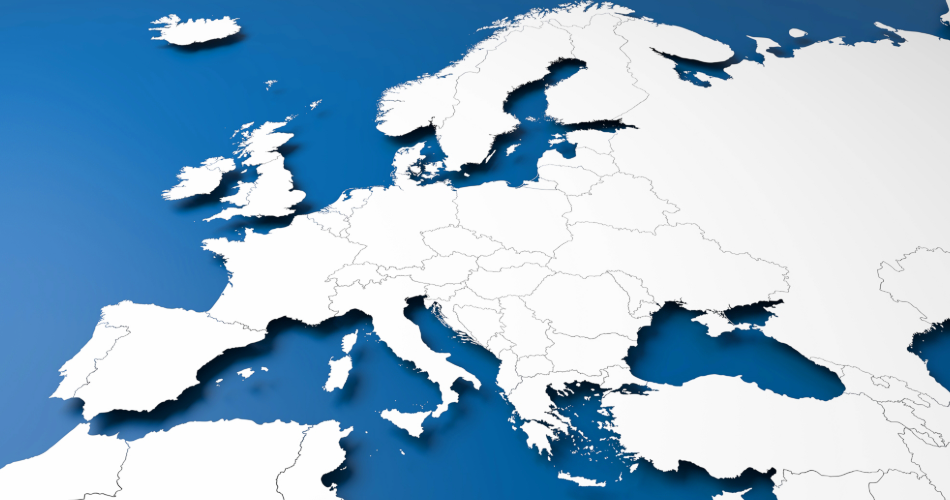
An Expert View column originally published in The Pharma Letter. Read the original article here.
The discovery and development of antibiotics is one of the most significant advances in human history. It is now more than 90 years since Alexander Fleming’s first petri dish observations sparked the path to the wonder drug penicillin, and in that time innumerable lives have been saved, and once potentially deadly surgical procedures have become viewed as routine.
It is notable that in the case of penicillin, it took 14 years, and a great deal of work by Florey and Chain to turn the discovery into successful use in medicine.
We have been winning the battles, but the war against bacterial infections may be far from over. Bacteria are fighting back, and as they adapt to our arsenal and learn our tactics, hard-won victories against historic diseases are jeopardised and lives are put at risk.
A challenging space
Antimicrobial resistance (AMR) is one of the major challenges facing disease control experts. Drug resistant infections are already on the rise. It is thought that up to 50,000 lives are lost each year to antibiotic-resistant infections in Europe and the USA alone.
The mortality numbers alone are horrifying, but human cost isn’t the only effect. Drug resistant infections prolong illnesses, increasing the duration of hospital residency and sick days. A 2015 report has suggested that, in OECD countries alone, the cumulative loss by 2050 may be as much as $2.9 trillion.
There are many ways in which these problems are being addressed, looking at for example more careful prescription and usage of existing antimicrobial agents; education and policies to prevent the spread of resistant strains; and research and development activity to identify new agents against which AMR is less likely to develop – or, at least, against which AMR has not yet developed.
Barely viable for drugmakers?
Such R&D work looking at AMR, in particular the identification of new antimicrobial agents, is therefore vital to avoid what some call a “postantimicrobial” world, in which common infections are once again deadly and common childhood diseases are dreaded and feared. The World Health Organization has identified four key problems impeding R&D work in this area:
“1. Limited public and private funding for basic microbiology research; this places more, and the more risky part, of the R&D burden on the private sector.
2. Challenging regulatory requirements with a high bar for improvement versus the standard of care make R&D into new molecules for ‘old diseases’ difficult.
3. Reduced patient populations and short treatment courses result in limited commercial potential for antibiotics.
4. Commoditized market (low prices compared to other therapeutic areas) compounding the effect of reduced patient populations and short treatments.”
In other words, developing new antibiotics may not be considered a viable commercial option for private R&D companies.
Precious few new drugs
What has been the real-world effect of these problems? We can get some idea by looking at data from patent applications filed relating to antimicrobial agents, or aimed at treatment of certain common infections with known AMR.
One trend is stark: entirely new antibiotics are few and far between.
The number of new antibiotics approved is in gradual decline. Since 1995, only around 10 to 15 new chemical entities have received approval as antibacterials at the European Medicines Agency.
Between 2008 and 2011, a mere two antibiotics were approved in the USA as compared to 16 between 1983 and 1987.
By way of comparison, it has been reported that in 2014 around 800 new cancer medicines were in clinical trials – while only 50 new antibiotics were in the pipeline.
A big new hope
And even where new classes of antibiotics are being developed, bacteria are countering our attacks at an alarming rate, with resistant bacterial strains for some new antibiotics being observed within only a year or two of use.
That’s why, when a new antibiotic is successful in clinical trials, people sit up and take notice. That happened recently with cefiderocol, developed by Shionogi (TYO: 4507). Cefiderocol is a novel cephalosporin-based antibiotic for the treatment of drug-resistant gram-negative bacteria including pseudomonas aeruginosa (commonly associated with pneumonia).
While not a member of a new class of antibiotics (cephalosporins have been around since the mid-20th century), its new mode of action made a splash in the news.
Cefiderocol acts by ‘tricking’ bacteria into bringing it inside themselves. The main active part of the molecule is bonded to a siderophore. Siderophores are secreted by bacteria to seek out, bind, and return with iron, and are vital for the bacterium’s survival.
In the case of cefiderocol, the siderophore is recognised by the bacterium and the gates of the city opened, allowing the antibacterial to walk straight in. Thus the antibacterial avoids the bacterium’s natural defences and the drug has been hailed as a “Trojan horse” antibiotic.
Perhaps this shows us a glimpse of a fruitful new way for to address AMR. A focus on new modes of action or treatment pathways might open up a wide new area for research and development, with scientists looking at the problem in a different way to find a new angle of attack. To extend the metaphor, we might not necessarily need new designs of cannon and swords if we can hide the ones we have in sufficiently attractive wooden statues!
Any new chemical structure is potentially patentable, subject to an assessment of whether or not that structure would have been obvious to make based on what was already known.
Need for protection
Whichever approach the valiant generals (R&D scientists) take, effective patent protection is needed to help tip the balance in favour of financial viability and encourage pharmaceutical companies to join the fight.
New structural motifs that have antimicrobial activity can be protected, potentially as a broad generic class. In our metaphorical war, an entirely new class of weapon can be protected without limiting the scope of that protection to particular arrangements of barrel and fuse.
Novel so-called “best in class” compounds can be protected, even if the general structural motif that gives rise to the antibacterial activity is known. And new strategies for encouraging bacteria to let down their defences and admit an antibacterial agent in can be protected.
This valuable patent protection encourages development and helps to fund future battles. Which is crucial, because this is a war we need to take seriously and the better and more varied our arsenal and tactics, the greater our chance of success.
This article was written by Sarah Kostiuk-Smith and Robert Watson.
More about Robert Watson
Robert handles patent work in our chemistry & materials team with particular experience in the pharmaceutical, industrial chemistry, nanotech and agricultural sciences sectors. He is also a leading member of our designs team. His extensive experience in the pharmaceutical sector includes working with clients engaged in drug discovery and development. Robert also has experience with patents relating to polymorphic forms of drugs, and in assisting his pharmaceutical clients in negotiating agreements and undergoing due diligence.
Julie specialises in the drafting and prosecution of patent applications with a particular emphasis on both organic and pharmaceutical chemistry. She has extensive experience of advising on infringement and validity issues, in particular providing Freedom-to-Operate searches and opinions. She also represents clients in EPO opposition proceedings and provides general advice to intellectual property, including international portfolio management, IP strategy and IP litigation.
Email: julie.carlisle@mewburn.com
Sign up to our newsletter: Forward - news, insights and features
Our people
Our IP specialists work at all stage of the IP life cycle and provide strategic advice about patent, trade mark and registered designs, as well as any IP-related disputes and legal and commercial requirements.
Our peopleContact Us
We have an easily-accessible office in central London, as well as a number of regional offices throughout the UK and an office in Munich, Germany. We’d love to hear from you, so please get in touch.
Get in touch

